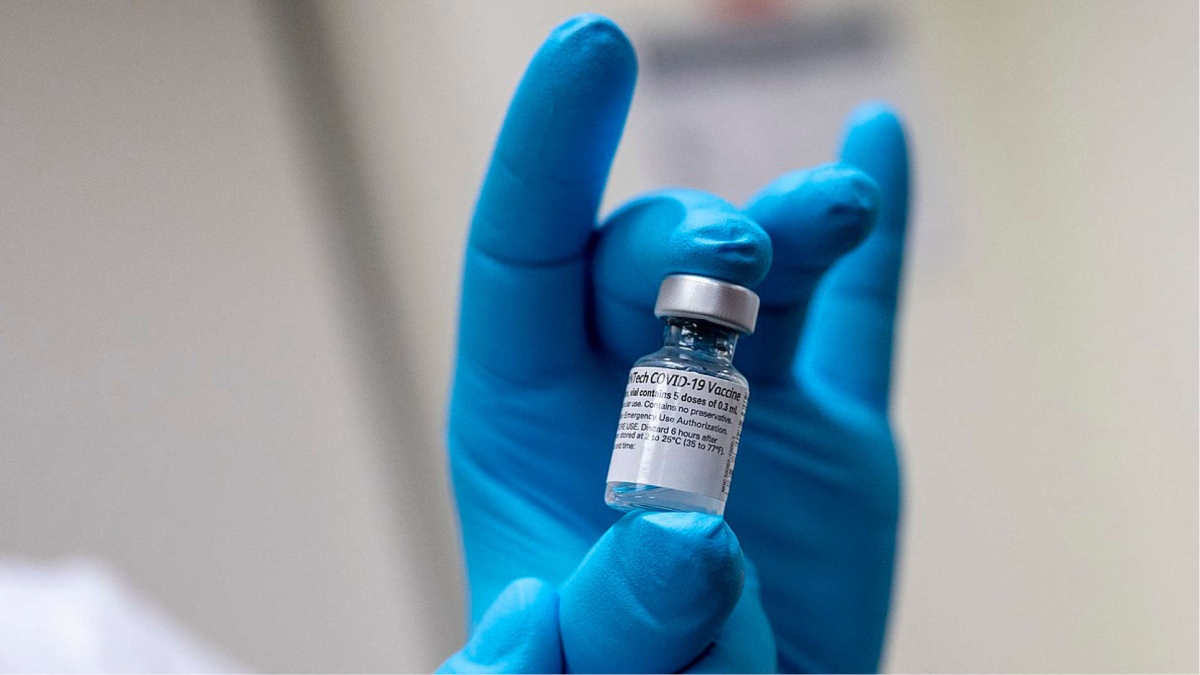
Currently, three vaccines are under regulatory review in India, as announced by the head of the National Expert Group on Vaccine Administration for COVID-19 in early December. Three companies: Pfizer, Serum Institute of India (SII) and Bharat Biotech have applied to the drug regulatory body in India, the Central Drugs Standard Control Organisation (CDSCO), seeking approval for emergency use for viable candidates in India. Bharat Biotech’s Covaxin is currently undergoing Phase 3 trials in India, while SII has been conducting studies to bridge Covishield- developed by the Oxford University to India.
No vaccine has been approved for emergency use in India as of yet. However, the CEO of vaccine maker Serum Institute of India said Oxford University’s Covishield will be available for healthcare workers and other Phase 1 receipts by around February 2021.
Meanwhile, the Union Ministry of Health has also sent a set of operational guidelines to states and Union territories across the country about the process of distribution for the vaccine once it becomes available. So the question that now arises: when will you actually be able to get your hands on the COVID-19 vaccine? As per the guidelines issued by the UOH, in Phase 1, a total of 30 crore people will be given the vaccine.
The vaccine will be first distributed to health care workers (estimated population around 1 crore), followed by frontline workers (estimated population around 2 crores) and then to those who are above the age of 50 (estimated population around 26 crores). This will be followed by those below the age of 50 and suffering from a chronic critical illness (estimated population around 1 crore). The guidelines also detail that states/UTs can decide which dates they want to administer the vaccines and that only 100 people per “session” at each site per day will be allowed to be vaccinated.
Following, this, the rest of the population (estimated population around 108 crores) will be given the Covid-19 vaccine, whenever it is ready for public use, based on the spread and availability of this disease. In order to identify people above the age of 50, the government will use the voter list prepared during the Lok Sabha and Assembly elections. The beneficiaries of the vaccine will be tracked in real-time through a digital platform called Co-WIN.


Health Secretary, Rajesh Bhushan announced this week that the Co-WIN mobile application is now downloadable and people can register themselves on it if they want to sign up for the vaccine.
MASS IMMUNISATION: INDIAN COMPANIES PLANNING TO AMP UP DELIVERY SERVICES

While the Indian government has announced the delivery of the vaccine to roughly arounud 30 crore people, the logistical delivery of the same will be a challenge for the country. Generally, vaccines need to be stored and transported between the temperatures of 2°C to 8°C, posing a key logistical hurdle in delivery. In order to maintain efficacy in delivery of vaccines, it is necessary to have temperature-controlled transport and warehouses at ultra-low temperatures.
Several Indian pharmaceutical logistics and other logistics companies, including Kool-ex, Blue Dart and DHL have said they have built and expandeed on temperature controlled, pharma distribution centres across the countries. This includes setting up of cold care facilities which offer -20° C, if required for COVID-19 vaccines.